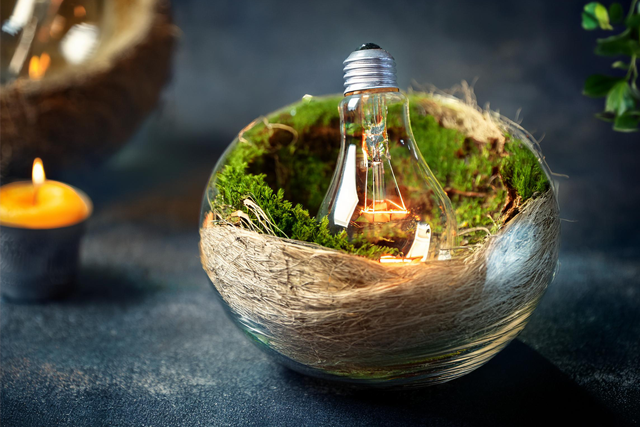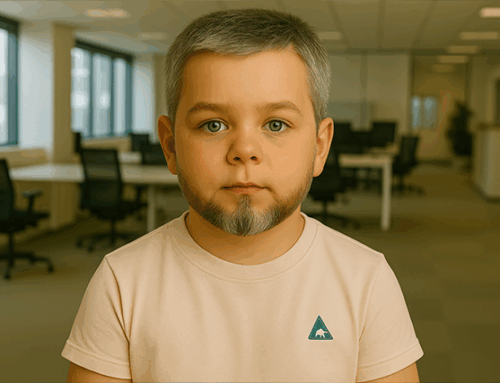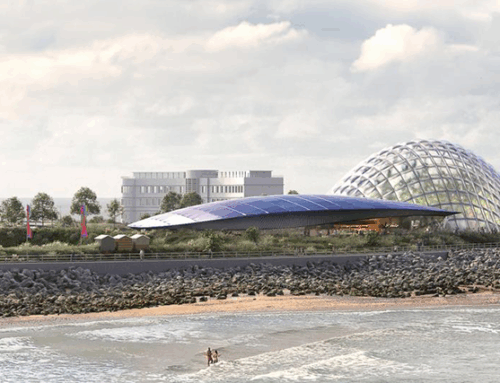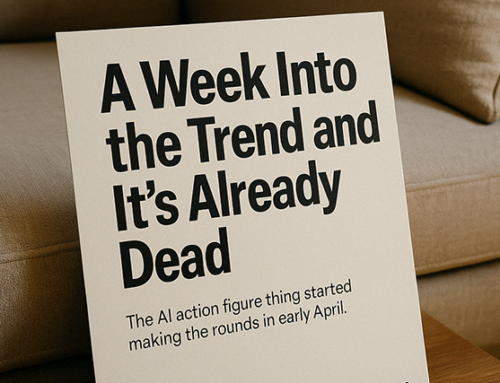The rise of generative technologies, particularly AI-driven tools, is casting a shadow over the creative world in 2024. What was once celebrated as a leap forward is now facing significant criticism from artists, designers, and cultural commentators who see these advancements as a threat to the very essence of creativity.
Erosion of Human Creativity
At the core of the backlash is the concern that generative technologies are eroding the value of human creativity. Tools like AI-driven design software and generative art platforms are automating processes that were once the domain of skilled artists and designers. This automation doesn’t just save time; it also strips away the nuances, personal touch, and deep thought that go into truly original work. The risk is that creativity becomes formulaic, with AI generating content that is technically proficient but lacks the soul and authenticity that only a human can provide.
Homogenization of Art and Design
Another troubling aspect of generative technologies is the potential for homogenization. As more creatives rely on the same AI tools, there’s a growing fear that design and art will become increasingly similar. AI often pulls from vast datasets to create its outputs, but these datasets are limited by what’s been done before. The result is that instead of pushing boundaries and fostering innovation, generative technologies could lead to a creative landscape where everything looks and feels the same—a blend of past ideas with little room for true originality.
Ethical and Moral Concerns
The ethical implications of generative technologies are also under scrutiny. Questions about authorship and ownership arise when AI is involved in the creative process. Who owns the rights to a piece of art created by an algorithm? Moreover, there’s a moral concern about the displacement of human labor. As AI takes over more creative tasks, what happens to the jobs of designers, illustrators, and artists who have spent years honing their craft?
Resistance from the Creative Community
In response to these issues, there is a growing movement within the creative community to resist the overuse of AI. Some artists and designers are proudly labeling their work as “AI-free,” emphasizing the value of human creativity in an age of increasing automation. This resistance is not just about preserving jobs; it’s about safeguarding the integrity and depth of the creative process.
In conclusion, while generative technologies offer impressive capabilities, they also pose significant risks to the creative world. The challenge moving forward will be finding a balance that allows for innovation without sacrificing the human elements that make art and design truly meaningful.





